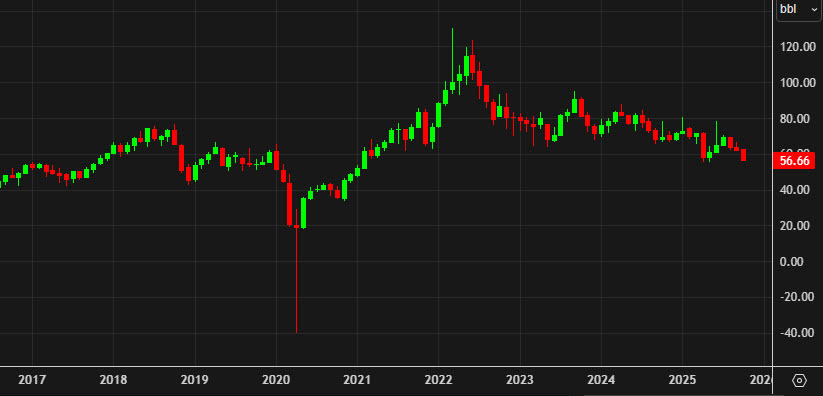The landscape of U.S. oil production is undergoing a significant transformation as the focus shifts from the shale sector to offshore drilling in the Gulf of Mexico. This change is driven by advancements in technology, maturing shale reservoirs, and supportive federal policies. The Energy Information Administration (EIA) projects that output from Gulf fields will increase from the current 1.8 million barrels per day to 2.4 million barrels per day by 2027. This estimate aligns with findings from the Bureau of Ocean Energy Management.
Federal support has played a crucial role in this transition, facilitating easier permitting processes and fostering technological innovations that enhance the economic viability of offshore drilling. Recently, BP announced a substantial $5 billion investment in a new offshore project in the Gulf, aimed at tapping into reserves estimated at around 350 million barrels of crude oil. This Tiber-Guadalupe project is expected to contribute an additional 80,000 barrels per day to BP’s total U.S. oil output, with the company targeting an overall production exceeding 1 million barrels per day.
In addition to BP’s plans, the company, in collaboration with Chevron, made headlines earlier this year with a significant discovery in the Far South prospect. An executive noted, “This Far South discovery demonstrates that the Gulf of America remains an area of incredible growth and opportunity for BP.” By 2030, BP aims to ramp up its Gulf production to 400,000 barrels per day.
Talos Energy also contributed to the narrative of offshore growth with its recent discovery in the Gulf, identified as the most significant find since Shell’s Whale discovery in 2017. The Daenerys discovery could yield an estimated 65,000 barrels per day at peak production, potentially leading to further discoveries in the region. Paul Goodfellow, CEO of Talos Energy, stated, “We believe that offshore production will play an increasingly larger role in filling the global energy demand.”
The shift from shale to offshore drilling can be attributed to various factors. For years, shale was the preferred option due to its quicker production timelines; however, challenges have emerged as shale wells tend to deplete rapidly. This necessitates continuous drilling, which also leads producers to explore less optimal drilling locations. Concerns regarding declining well productivity and rising operational costs have further complicated the shale landscape.
In contrast, offshore drilling, while requiring high upfront investments, benefits from improved drilling technologies that allow access to deeper water reserves. According to Talos, its offshore projects could remain economically viable even if international oil prices fall to $35 per barrel, with breakeven costs potentially dropping to as low as $20 per barrel. For comparison, the breakeven average for onshore oil production sits at $48 per barrel.
The EIA’s forecasts indicate that Gulf oil production will reach 1.89 million barrels per day this year, with projections of 1.96 million barrels per day by 2026. Meanwhile, onshore production is expected to grow by only 190,000 barrels per day, marking the slowest growth rate since 2010, excluding the pandemic years.
Analysts from Energy Aspects suggest that continued offshore production growth could offset onshore declines, provided that favorable federal policies persist. The previous administration’s prioritization of local energy production facilitated offshore growth through regulatory relaxations. A shift in political power could alter this trajectory significantly, impacting the future of U.S. offshore oil production.
As the industry adapts to these changes, the emerging offshore sector is poised to play a crucial role in meeting both domestic and global energy demands, potentially reshaping the U.S. oil landscape for years to come.






